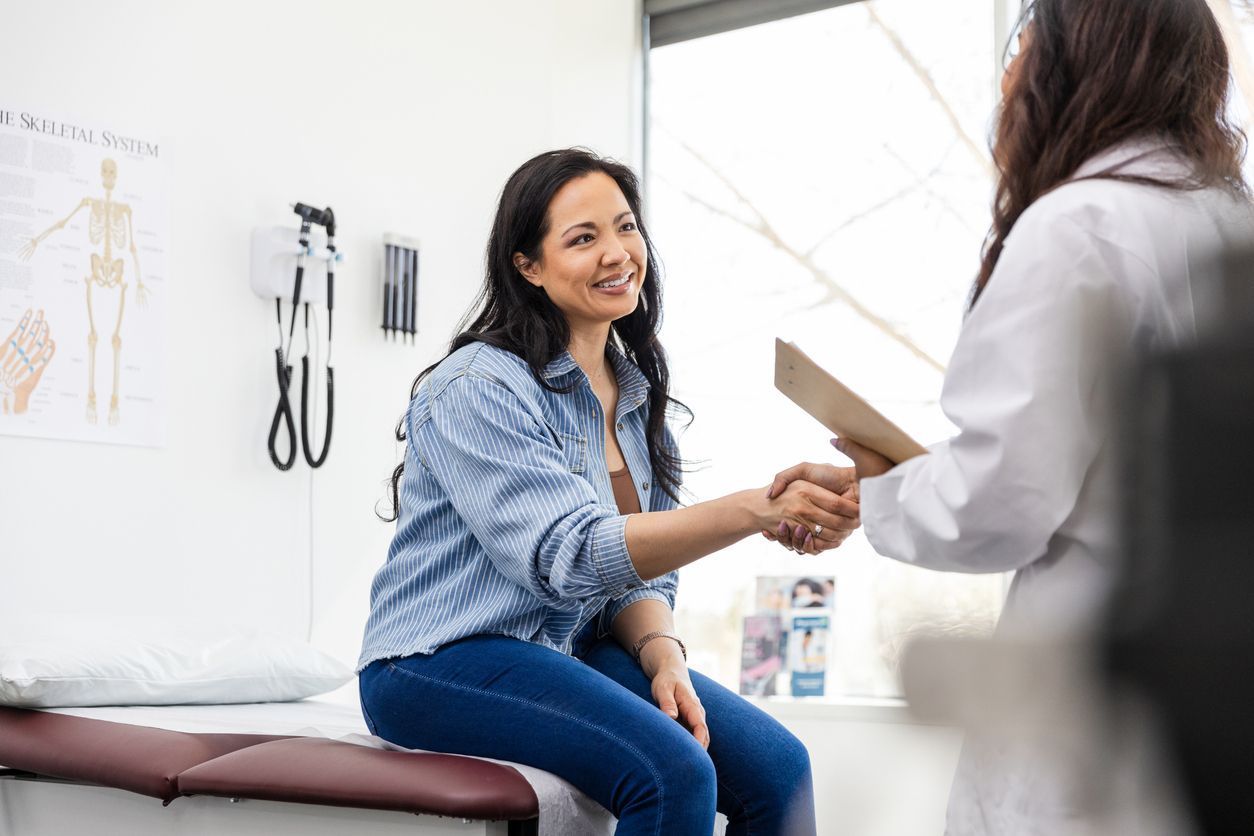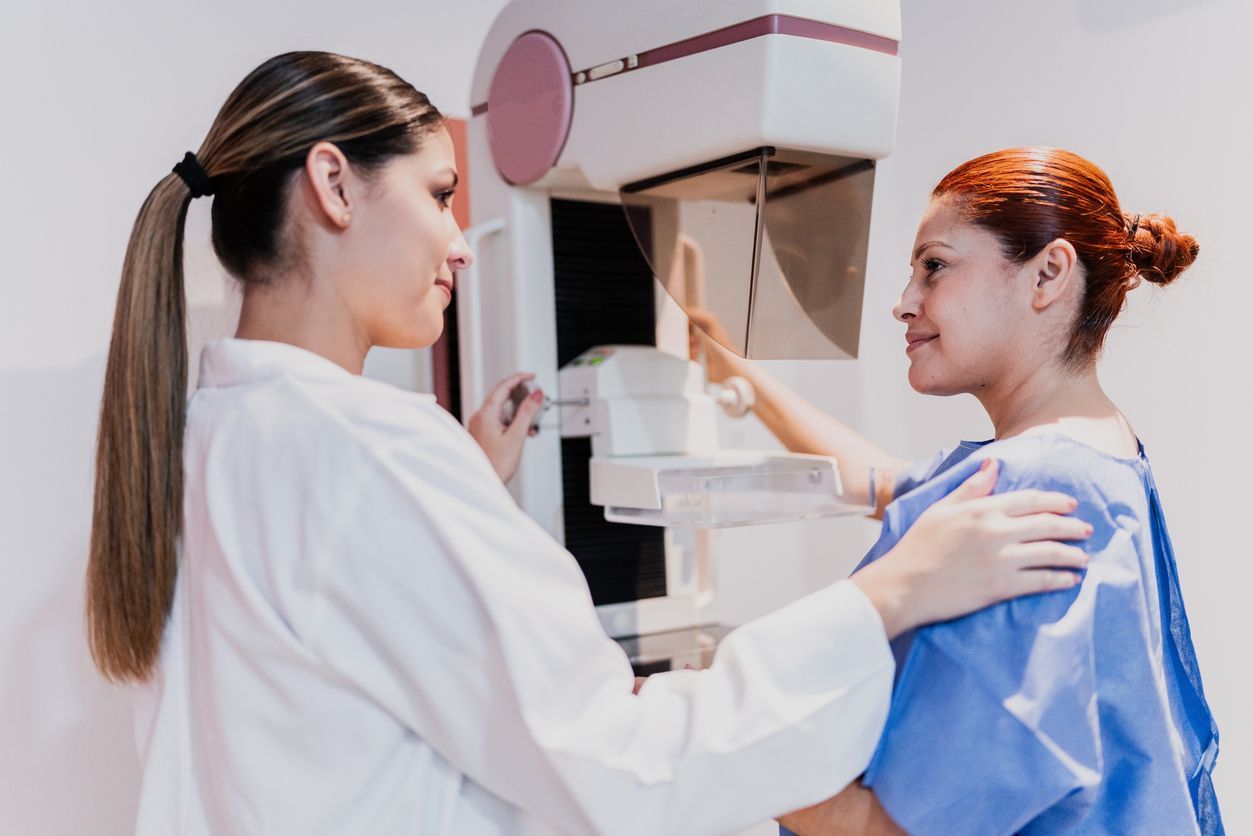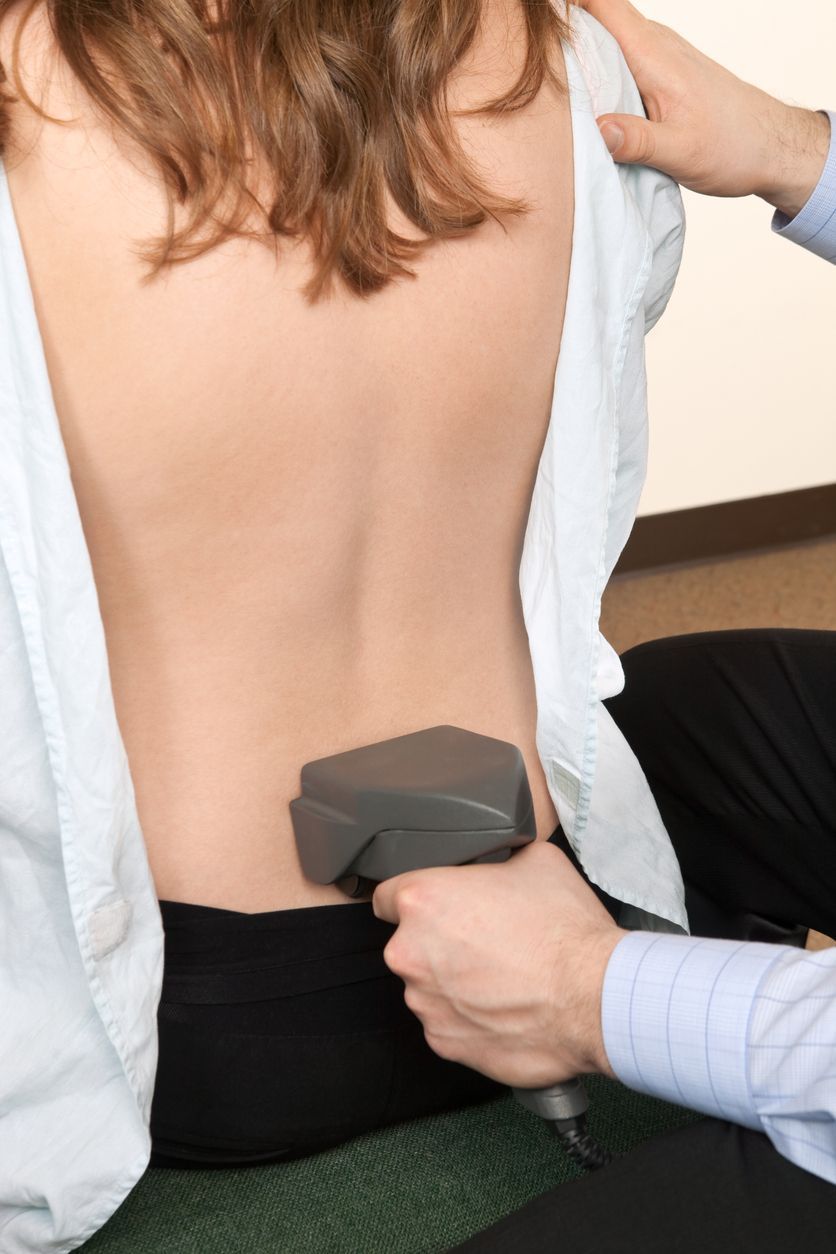Seeing Heat: How Thermography Works & What It Can Reveal
Thermographic imaging—which may also be referred to as thermal imaging or infrared thermography—allows us to see heat patterns that are typically invisible to the naked eye. It's a noninvasive technique that's becoming increasingly common as a screening tool in the healthcare field. Its usage allows medical professionals to find potential health issues before they become serious problems. In this post, we'll explore how this technology works and why it matters for your health.
What Is Thermographic Imaging?
Using special cameras that detect infrared radiation (heat), thermographic imaging provides a unique look at the human body. Rather than capturing light, thermal cameras detect any temperature above absolute zero.
The temperatures are converted to a range of colors to make the visualization meaningful. Warmer areas are bright colors like whites, reds, oranges, and yellows. Cooler areas are darker colors, such as purples, blues, and greens.
It can be thought of as a heat map of your body. By comparing the patterns of heat in a patient with those of a healthy person, medical professionals can get unique insights into various health conditions.
How Does Thermographic Screening Work?
Much like a traditional, light-based camera, thermal cameras are relatively simple. Here's how they work:
- Heat detection : The camera measures the heat coming from your body
- Temperature measurement : The temperatures are measured with a high degree of precision
- Image creation : Those temperatures are converted to a color-coded image
- Pattern analysis : Healthcare professionals examine the patterns for abnormalities
The human body is very symmetrical when it comes to heat patterns. Under normal conditions, the temperature distribution on the right side matches closely with that of the left side. An asymmetrical heat pattern or unusual "hot spot" may indicate a medical condition that warrants further attention.
The Body's Temperature Story
So, what exactly does the body's temperature tell us about health? Temperature changes often accompany physiological processes:
- Increased heat : Increased blood flow, caused by inflammation, infection, or increased metabolic activity, often raises heat levels.
- Decreased heat : Conversely, a reduction in blood flow often results in decreased heat. This reduction can indicate blockages, nerve damage, or other circulatory issues.
What makes this exciting for the medical profession is that these changes often occur before other noticeable symptoms do. Thanks to the precision of thermographic imaging cameras, the tests can potentially detect problems before other methods.
Thermographic Imaging Applications in Health Screening
These insights provided by thermographic imaging are useful for a variety of healthcare diagnosis needs:
Breast Health Assessment
Perhaps the most recognizable use of thermographic imaging is in breast health. Cancerous growths often trigger higher metabolic rates and increased blood supply, resulting in warmer areas in thermal visuals. These differences may become evident before traditional scans detect changes, allowing for earlier treatment and better health outcomes.
Keep in mind, breast thermography isn't a substitute for mammograms. While thermography detects physiological variations, mammograms capture structural anomalies.
Circulatory Issues
Since blood flow is a major aspect of what thermography shows, it's easy to see how beneficial it can be for detecting circulatory issues. These include:
- Vascular disorders
- Poor circulation in the extremities
- Deep vein thrombosis risk
- Diabetic complications affecting circulation
Inflammatory Conditions
Since inflammation also causes heat, the technology can help monitor inflammatory conditions, including:
- Arthritis
- Tendonitis
- Bursitis
- Nerve inflammation
The ability to monitor these over time can be a great way to get an objective assessment of how well treatment options are working.
Muscle and Soft Tissue Injuries
If you've ever worked out really hard, you might have found that the muscles being worked feel a little warm. This shows up in thermography. It can help athletes and their healthcare providers:
- Identify overuse injuries before they cause significant damage
- Monitor healing progress
- Guide rehabilitation efforts
Dental Issues
There are also a few dental issues that show heat variations before other symptoms, such as:
- Hidden infections
- TMJ (temporomandibular joint) disorders
- Nerve irritation
Advantages of Thermographic Screening
The increasing use of thermographic imaging is due to several distinct advantages:
Early Detection
One of the clearest benefits is early identification. With thermographic imaging, some issues might be spotted months—or even years—before structural changes become evident using other diagnostics.
Completely Non-invasive
Some screening methods are highly invasive. Although they are essential for confirming a diagnosis or detecting problems, repeating them frequently can cause problems. Thermography doesn't have this problem, as it:
- Involves no radiation
- Requires no contact with the body
- Causes no pain or discomfort
- Needs no injections or contrast agents
Whole-Body Assessment
Most diagnostic methods target a specific body part. Thermographic imaging provides a full-body overview, revealing various possible concerns in one session.
Limitations of Thermographic Imaging
Despite its many benefits, thermographic imaging has its limitations:
- It doesn't provide structural data like X-rays, CT scans, mammograms, or MRIs do
- It can indicate that something might be wrong, but it does not give a complete diagnosis on its own
- Effects can be impacted by environmental factors or recent physical activity
- The quality of interpretation from results varies according to the practitioner's experience
For these reasons, thermography is an additional tool in the fight to detect, prevent, and treat illness—but shouldn't be considered the only tool.
What to Expect During a Thermographic Scan
If your healthcare provider has suggested a thermographic scan, here's what you can expect during the process:
- You'll be asked to sit in the room for 15-20 minutes to acclimate to the room temperature and avoid outside temperatures that could affect the results.
- The technician will position you in the best way to obtain the necessary thermal images. The specialized camera doesn't touch your body.
- After the images are taken, a trained thermographer interprets them, looking for specific patterns or abnormalities.
The entire process takes around 30-60 minutes.
Thermographic Imaging: A Preventative Health Resource
Thermographic imaging offers healthcare providers a unique look at how your body functions. In doing so, it can potentially reveal issues that otherwise could not be detected as early. Its ability to detect irregularities that aren’t always visible using other tools adds meaningful depth to diagnostics.
While it shouldn't be viewed as a replacement for other medical tests, it provides complementary information that can help better guide healthcare decisions. If you or your healthcare provider thinks you can benefit from thermography, CT Thermography can help. Contact us today for more information.













